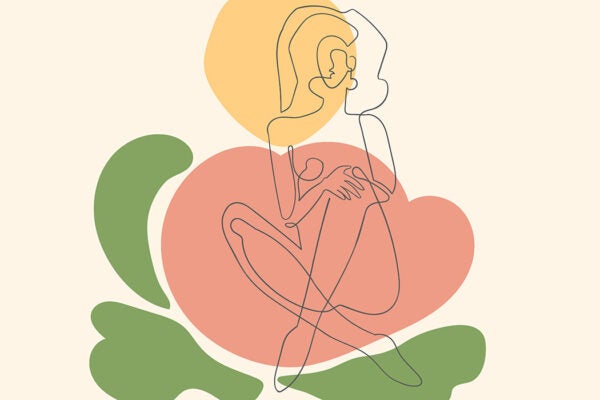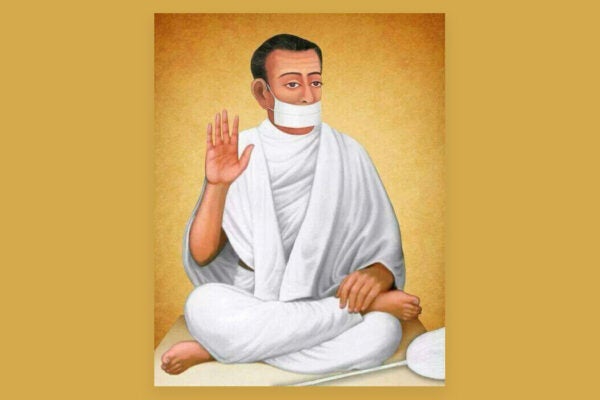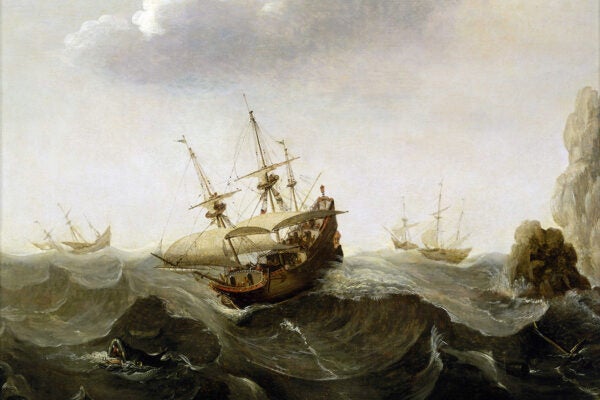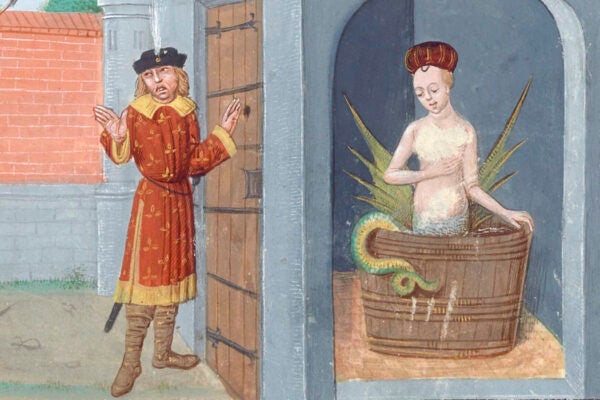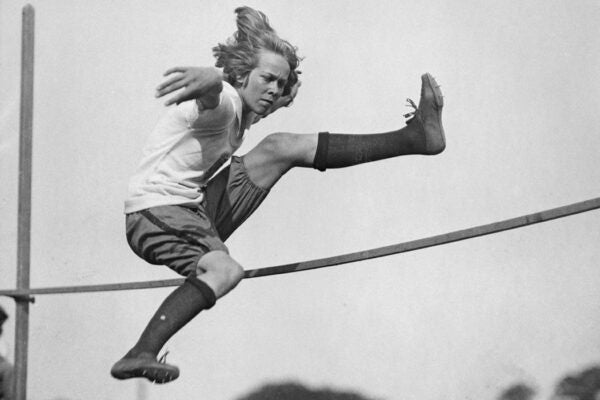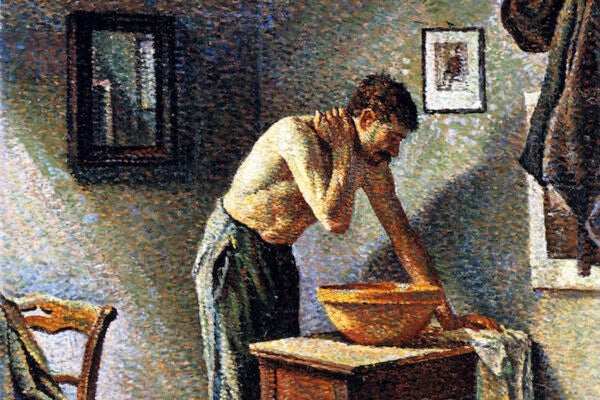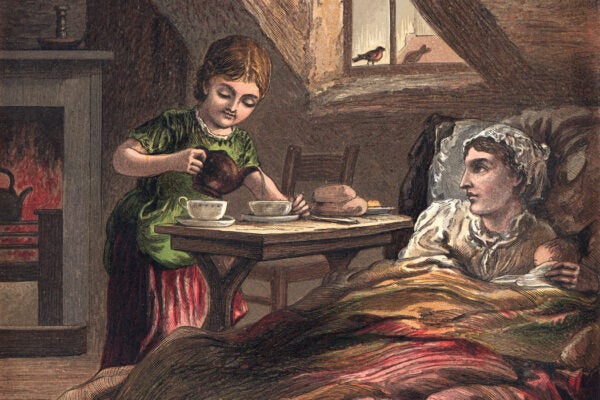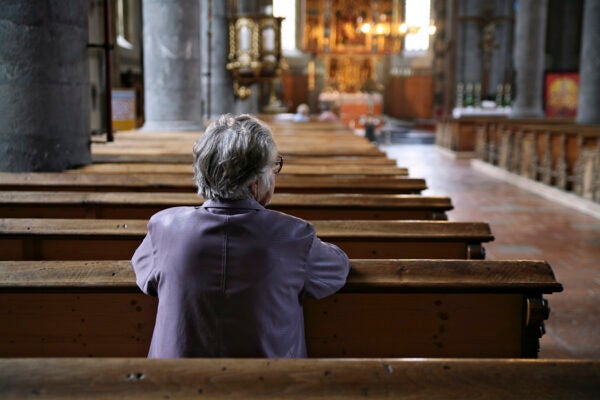Do You Own Your Body?
The idea that our bodies are our own may be intuitive, but when it comes to market transactions like surrogacy, our beliefs and feelings get more complicated.
Jain Ascetics in a Material World
The Jain Śvētāmbara Terāpanth sect began as an ascetic discipline, but it has increasingly emphasized physical health over renunciation of the body.
Self Care and Community in 1901 Indianapolis
For Black women engaged with local institutions, the “Delsarte” technique was a means of supporting struggling city residents while advancing political power.
Earthsickness At Sea
Early European circumnavigators thought that their long absence from land during sea voyages made them sick. (Spoiler alert: it was scurvy.)
Scrub-a-Dub in a Medieval Tub
Contrary to popular misconceptions, Europeans in the Middle Ages took pains to keep themselves clean.
Sport in America: A Reading List
Covering the colonial era to the present, this annotated bibliography demonstrates the topical and methodological diversity of sport studies in the United States.
Bringing Personal Hygiene to France
France’s notorious disregard for washing gradually changed as military authorities and public schools promoted a modern regime of cleanliness.
The Dangers of Tea Drinking
In nineteenth century Ireland, tea could be a symbol of cultivation and respectability or ill health and chaos, depending on who was drinking it.
Can Religion Be Helpful for People With Chronic Pain?
A group of researchers asked this question of a group of patients in secularized Western Europe.
